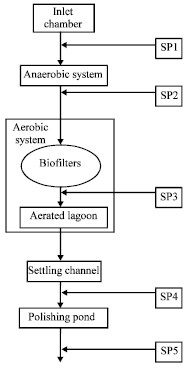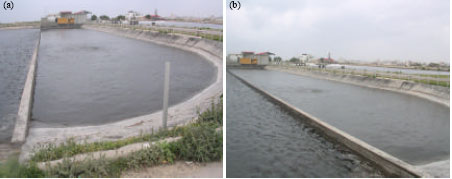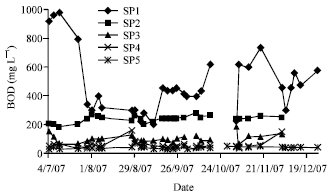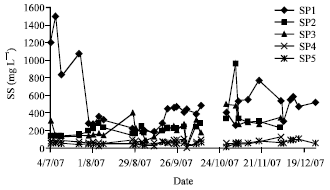Research Article
Gaza Wastewater Treatment Plant as a Model for Low Cost Wastewater Treatment Technology in Semi-Arid Environment
The Islamic University of Gaza, P.O. Box 108, Gaza City, Gaza Strip, Palestinian Territories
H. Al Najar
The Islamic University of Gaza, P.O. Box 108, Gaza City, Gaza Strip, Palestinian Territories
M. Smith
WEDC, Loughborough University, Loughborough, UK
M. Ghannam
Coastal Municipalities Water Utility, the Gaza Strip, Palestinian Territories

















